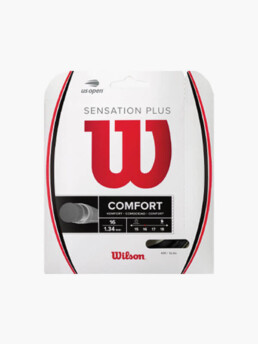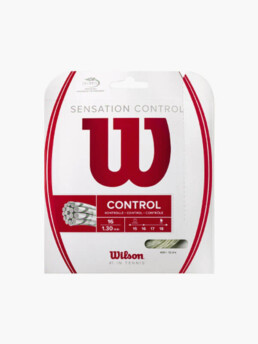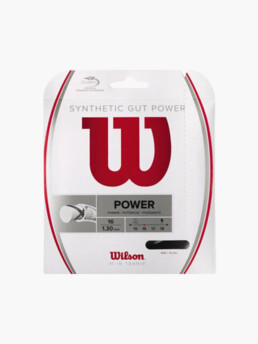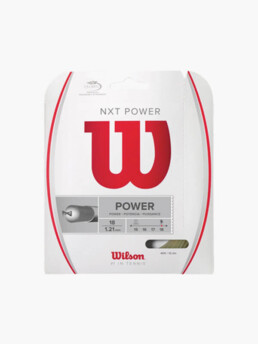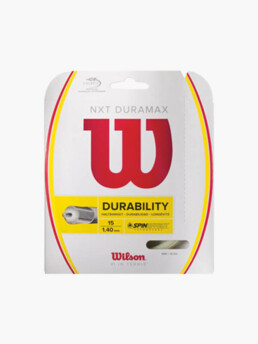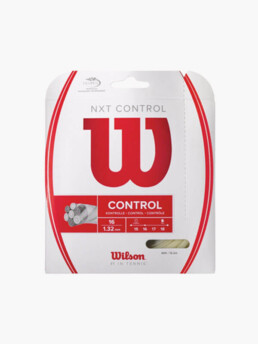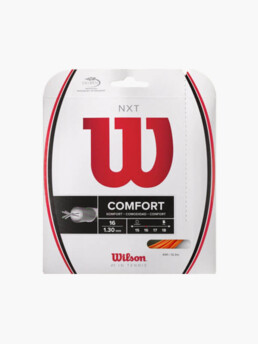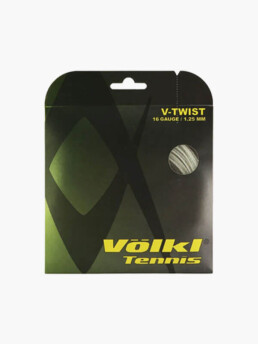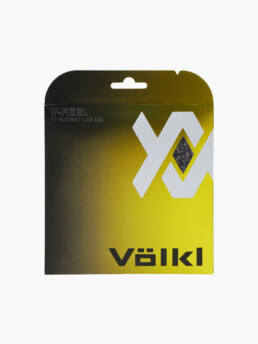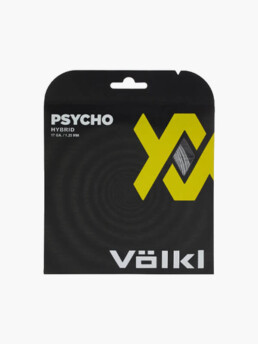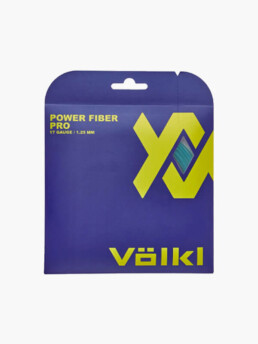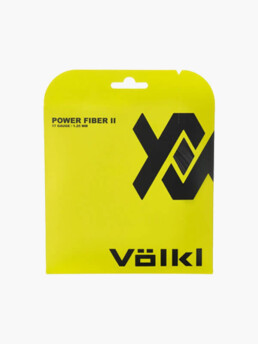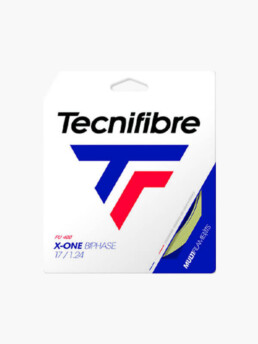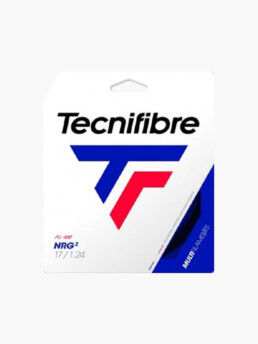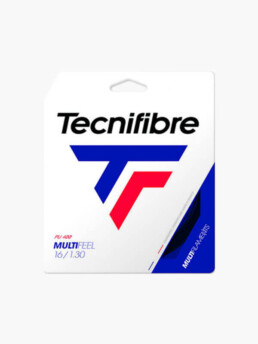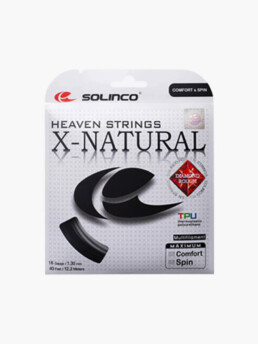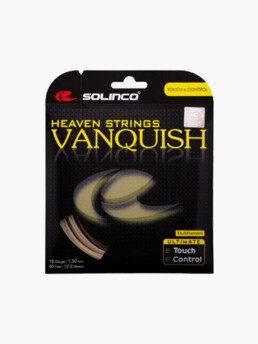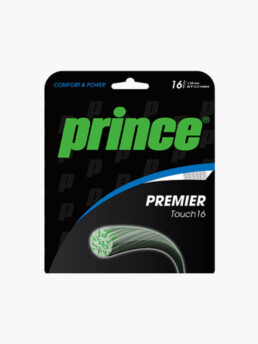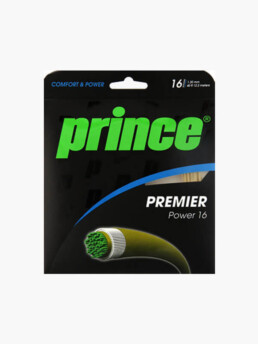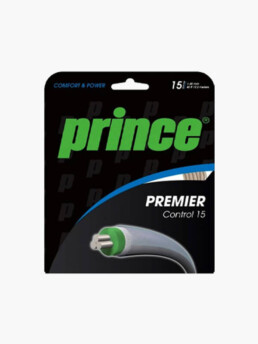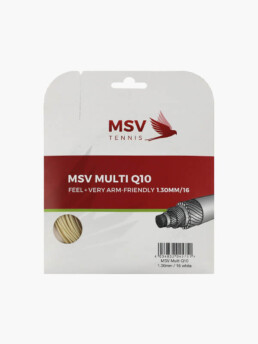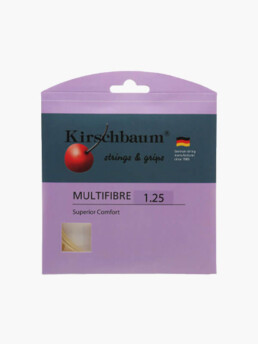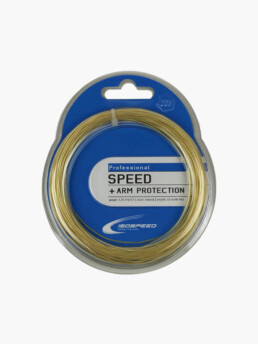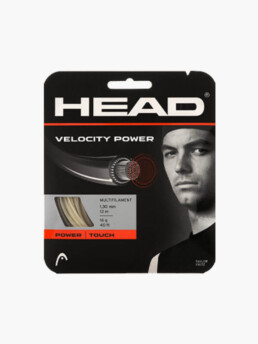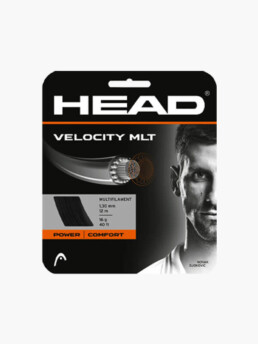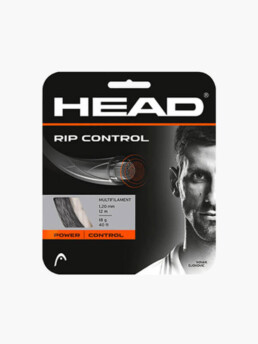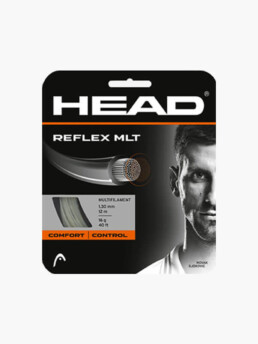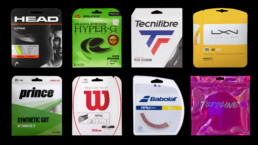
Tennis string specs - don't get lost in the string jungle!
Choosing the right tennis string can feel like navigating a dense jungle of options, with countless specs to consider. From polyester to natural gut, each string offers a unique set of characteristics that can affect your game in different ways. But don’t worry, finding the perfect string doesn’t have to be overwhelming here at The Racket HQ.
We have broken down strings by the most common types on the market along with their characteristics and playability as a good starting guide but ultimately you will need to try different options to find one that you can gel with.
Natural Gut
COMPOSITION
– Made from cow intestines.
PROS
– Unmatched tension maintenance
– Exceptional power and touch
– Best shock absorption, making it arm-friendly comfort
CONS
– Extremely expensive
– Less durable (especially in humid conditions)
BEST EXAMPLES
– Babolat VS Touch Natural Gut
– Wilson Natural Gut
– Luxilon Natural Gut
– Pacific X Tough Gut
Polyester (Poly)
COMPOSITION
– Made from polyethylene -terephthalate (PET) or polyether-ether-ketone (PEEK), both of which are durable thermoplastic polymers.
*Most polyester strings are monofilaments because they are made from a single strand of polyester.
PROS
– High stiffness, durability, and spin potential
– Best for control, and suited to advanced players with fast swings who need control and spin.
CONS
– Harsh on the arm espicially at high tensions
– Loses tension quickly (typical advanced recreational playtime of about 10-12 hrs)
BEST EXAMPLES
– Luxilon ALU Power
– Babolat RPM Blast
– Solinco Hyper-G
– Yonex Poly Tour Pro
Monofilament
COMPOSITION
– Made from a single solid extrusion of polyester (PET) or co-polyester, though other materials like nylon, Zyex (PEEK), or Kevlar can also be used.
*Not all monofilaments are polyester – some can be made from nylon, Zyex (PEEK), or Kevlar.
PROS
– Good durability, control, and spin potential depending on the type of monofilament used
CONS
– Tend to be stiffer and lower-powered compared to multifilaments or natural gut depending on the type of filament used.
BEST EXAMPLES
– Luxilon ALU Power
– Babolat RPM Blast
– Solinco Hyper-G
– Yonex Poly Tour Pro
– Head Hawk
– Tecnifibre Ice Code
Co-Polyester
COMPOSITION
– Made from a blend of polyester (polyethylene terephthalate, PET) and other polymer additives to modify performance characteristics.
PROS
– Softening agents to improve feel and reduce stiffness leading to slightly better comfort
– Lubricants to enhance snap-back offering more spin potential
– Metallic or chemical reinforcements – To increase durability
– Elastomers – To add a bit more power and comfort.
CONS
– Since co-polyester is still a type of poly string, it shares many of the same drawbacks, including low power and the need for full, fast swings to maximise its benefits.
BEST EXAMPLES
– Solinco Tour Bite
– Tecnifibre Ice Code
– Yonex Poly Tour Strike
Multifilament
COMPOSITION
– Made from thousands of microfibers, typically composed of nylon (polyamide), though some high-end options incorporate polyurethane (PU), polyester, Zyex (PEEK), or natural fibers like silk for enhanced performance.
PROS
– Mimics the soft, responsive feel of natural gut, offering more durability, comfort, power, absorption at an affordable price tag.
CONS
– Lack the same level of control, durability and especially spin potential as polyester with a higher price tag.
– Poor tension maintenance and control qualities compared to natural gut
BEST EXAMPLES
– Wilson NXT
– Tecnifibre X-One Biphase
– Babolat Xcel
Synthetic
COMPOSITION
– Made from man made materials primarily nylon (polyamide) but other materials can also include: Poly, Polyurethane etc
PROS
– Great balance of comfort, power, affordability, and performance
– Solid option for intermediate players or those who prioritise comfort over ultimate control or durability.
CONS
– Not be as durable, spin-friendly, with precision and control as polyester or natural gut.
– Nylon-based optios might not provide enough control and precision for advanced players or those who hit with a lot of pace and spin.
BEST EXAMPLES
– Prince Synthetic Gut Duraflex
– Wilson Synthetic Gut Power
Kevlar
COMPOSITION
– Made from aramid fibers, a type of synthetic polymer known for their exceptional strength, durability, and resistance to heat and wear.
PROS
– Extremely stiff and durable, used by players who break strings often.
– Kevlar does offer good control and precision and a great option for powerful hitters
– Often hybridized with a softer string to reduce harshness.
CONS
– Almost no power or feel and not recommended for beginners
– Very tough on the arm due to the stiffness of the string
BEST EXAMPLES
– Ashaway Kevlar
– Titan Kevlar
Hybrid Setups
COMPOSITION
– A mix of any of the 2 string types listed above
PROS
– The best of both worlds in terms of playing characteristics, pick and choose the best hybrid to suit your needs. Click here to see what hybrid setups the pros use and why.
CONS
– As determined by the selection of the string and also the placement (mains vs crosses), remembering that the characteristic you want to shine the most needs to be on the MAINS as this is the string that has the most contact with the ball on impact.
BEST EXAMPLES
Same manufacturer options:
– Wilson Champion’s Choice
– Babolat RPM Blast + RPM Soft
– Solinco Hyper G + Hyper G Round
- 1
- 2





